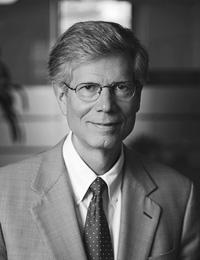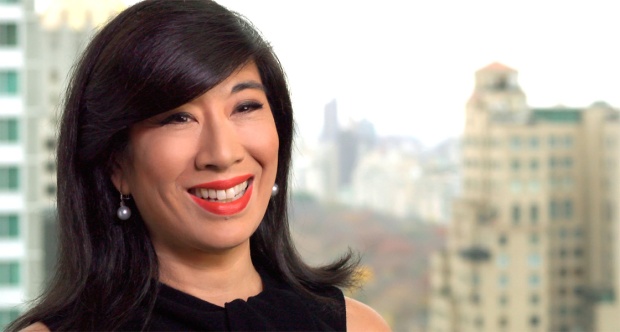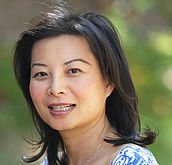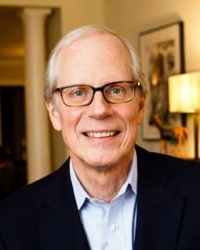We have found a new home! Kindly visit this link in our new website here: https://www.denver-frederick.com/2016/08/31/interview-transcript-nancy-and-the-american-heart-association/
Heart disease is the #1 killer in this country, but 80% of it is preventable, according to Nancy Brown, CEO of the American Heart Association. In this segment from The Business of Giving, Ms. Brown spells out the different programs of AHA devised to reduce death from heart disease and to improve the cardiovascular health of all Americans.
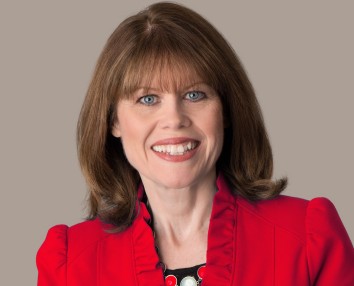
Nancy Brown, Chief Executive Officer of The American Heart Association
Heart disease is the #1 killer in this country, but 80% of it is preventable, according to Nancy Brown, CEO of the American Heart Association. In this segment from The Business of Giving, Ms. Brown spells out the different programs of AHA devised to reduce death from heart disease and to improve the cardiovascular health of all Americans.
She also discusses how mission-aligned businesses of AHA are generating 9-figure revenues for the organization, and how they and their partners are using crowdsourcing to find “One Brave Idea” to find a cure for coronary disease. Finally, she shares the keys to alignment, passion and camaraderie in a national charity.
The following is a conversation between Nancy Brown, Chief Executive Officer of the American Heart Association and Denver Frederick, host of The Business of Giving on AM 970 The Answer in New York City. It has been edited for clarity.
Denver: More than one in three American adults suffers from cardiovascular disease. To provide a little context: more women will die from heart disease this year than from all the cancers combined. So, Americans are fortunate that the person charged with leading the oldest and largest volunteer organization dedicated to fighting heart disease and stroke, has created a culture of innovation. In so doing, she has forged some extraordinary partnerships and is increasing the amount of resources available to help better the lives of all Americans. That leader is Nancy Brown, Chief Executive Officer of The American Heart Association, and it is my pleasure to welcome her to The Business of Giving. Good evening, Nancy, and thanks for being with us this evening.
Nancy: Good evening, Denver. Thank you so much for the opportunity.
Denver: So, tell us about the American Heart Association, a little about your history, and more about the mission and objectives of the organization.
Nancy: Absolutely! I’d be delighted to. As you’ve mentioned, the American Heart Association is actually the world’s oldest and largest voluntary health organization dedicated to fighting cardiovascular diseases and stroke. We’ve been in existence since 1924. At the foundation of the American Heart Association’s work is the scientific enterprise of the AHA–coupled with our grassroots presence in communities throughout America–and our presence in 70 international locations. In these, we dedicate our resources to help make the world a better place for people, and to prevent heart disease and stroke. We are guided by the organization’s 2020 strategic impact goal: which is to improve the cardiovascular health of all Americans by 20% by the year 2020, while reducing deaths from heart disease and stroke by 20% during that same timeframe. So this decade-long goal really is the goal that is the guidepost for the work of the organization.
Denver: Let me ask you a bit about heart attacks. I went around to a couple of my buddies this week, and I said, “Do you know what a heart attack is exactly? How does it differ from cardiac arrest?” I have to tell you, Nancy, the answers were a little fuzzy; they were a bit uncertain. So give us an abbreviated heart disease 101 course if you would.
Nancy: Sure! I’d be pleased to. So, heart disease is, as you said, the country’s and the world’s number one killer. Heart disease is 80% preventable! What happens when a person has a heart attack, is that the arteries or vessels leading to the heart muscle generally become blocked. They become blocked from atherosclerosis– which happens as we age, and also happens because of a hardening of arteries in individuals who have high blood pressure. When the arteries narrow, or when the arteries are blocked due to atherosclerosis, the heart muscle is deprived of oxygen, therein causing the heart, in some cases, to have a heart attack. There is another kind of heart attack called a “sudden cardiac arrest,” which is actually not a heart attack at all. That is a misnomer. A sudden cardiac arrest happens when the electrical functions of the heart malfunction, and a person’s heart suddenly stops.
Denver: Completely.
Nancy: And that person can be revived generally through CPR or through a defibrillator, if one is available, or if people are trained in CPR. We can come back and talk about the role the American Heart Association has played in that over time. The important thing– if you’re experiencing symptoms of a heart attack or symptoms of a stroke–is to call 911 and get emergency care immediately! (more…)
 The Leukemia & Lymphoma Society (LLS), a New York-based charity, raises more than $300 million a year, with an average donation of just $75. Amassing their huge network of grassroots donors has helped the organization fund more than $1 billion for education and research to treat blood cancers.
The Leukemia & Lymphoma Society (LLS), a New York-based charity, raises more than $300 million a year, with an average donation of just $75. Amassing their huge network of grassroots donors has helped the organization fund more than $1 billion for education and research to treat blood cancers.

